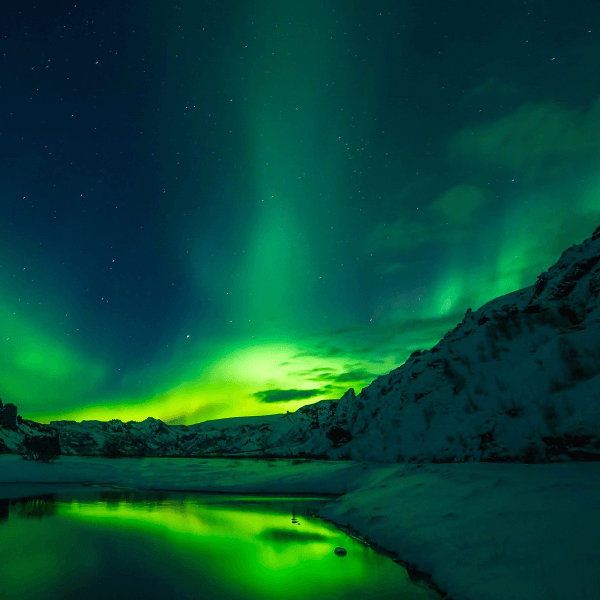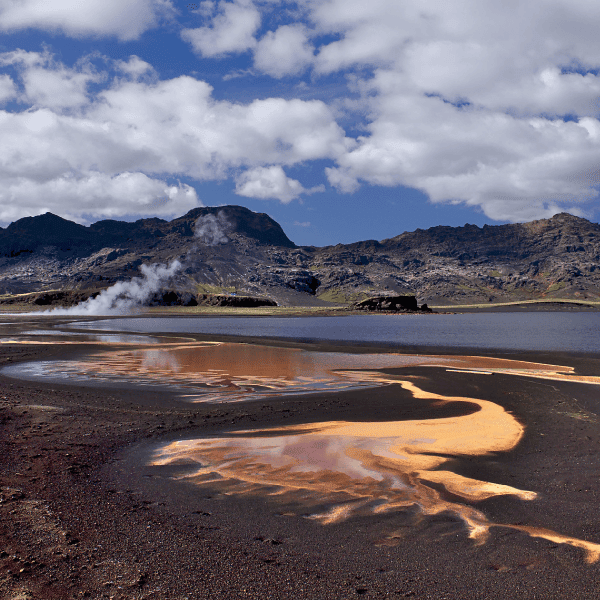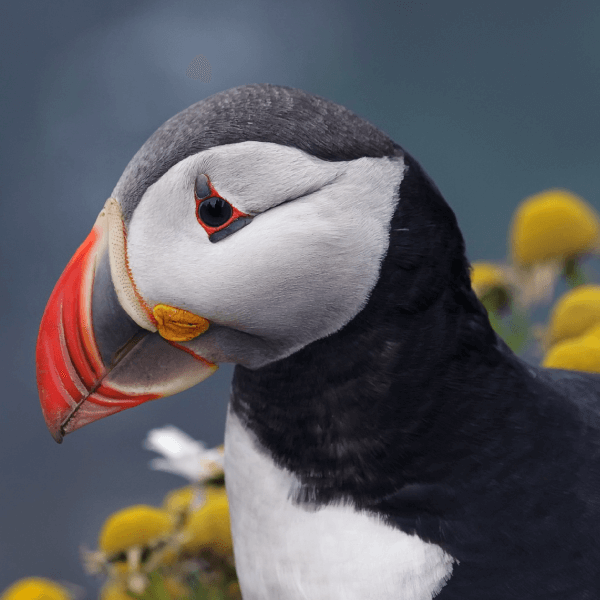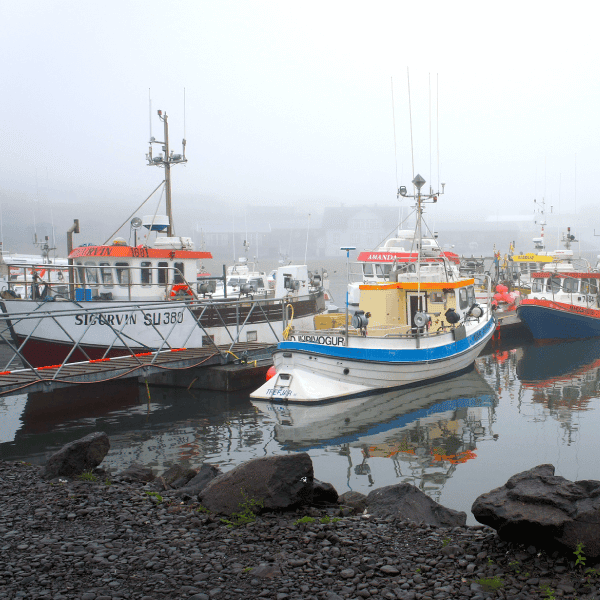ICELANDIC TRANSLATIONS
HOW MUCH DO ICELANDIC TRANSLATIONS COST?
The price for translations to and from Icelandic is individually calculated for each order. The price calculation takes into account elements specific to your order. For example, the price of consecutive interpreting and simultaneous interpreting is based on the time of service, the location of the event, travel expenses. For simultaneous translation, the costs for technical support are additionally calculated depending on the number of participants at the event, etc. For written translations, the price is determined by the volume and readability of the material, the due date of the translation, the complexity of the terminology, repetitions in the text, the formatting and complexity of images and graphics, proofreading and other additional services chosen by the client.
IS THE PRICE LIST AVAILABLE?
Of course, the price list of written and oral translations (simultaneous and sequential), localisation and adaptation from/to Icelandic is an essential part of our contracts with clients. Skrivanek translation agency project managers prepare detailed information on the cost of the translation before starting a translation project. A price offer is prepared within 30 minutes. For written works, the number of words in the source text, repetitions, complexity of graphic elements and other parameters are taken into account when determining the price. To receive a price offer, we will wait for your material to be translated in our e-mail.
Contact Skrivanek Baltic today for a free quote on Icelandic translation or any other combination of translation and related business services. Our Icelandic language services include:
- Icelandic Document Translation
- Icelandic Simultaneous Interpretation
- Icelandic Linguistic Validation
- Icelandic Consecutive Interpretation
- Icelandic Transcription
- Icelandic Typesetting and Graphics
- Icelandic Voiceovers and Subtitling
- Icelandic Staffing Solutions
- Icelandic Multicultural Marketing
- Icelandic Document Management
- Icelandic Deposition Services
- Icelandic Virtual Data Room Services
- Icelandic E-learning Support
Looking for a language solution in Icelandic? We will prepare a tailored solution and consult you on your subject of interest.
INTERESTING FACTS ABOUT THE ICELANDIC LANGUAGE AND ICELAND
- Icelandic is a Germanic language and the only de facto national language in Iceland. Icelandic originated from Old Norse, the language spoken by the Vikings who came to Iceland and settled there. The language has not changed much in the last thousand years, so Icelanders are proud to say that they have little difficulty in reading texts and Old Norse sagas from the 10th to 13th
- Icelandic is an Indo-European language belonging to the North Germanic branch of the Germanic languages. This is very interesting fact if we consider the geographical distribution of other Indo-European languages, such as Greek and Albanian, which are separated from Iceland by many countries and several thousand kilometres. Icelandic is the closest living relative of Faroese and together with it and Norwegian, forms the West Scandinavian group of languages, which are the descendants of the western dialects of Old Norse.
- Interestingly, although the Danes ruled Iceland from 1380 to 1918, their control of the country had little impact on the development of the Icelandic language, which was used on a daily basis by the entire population. Danish was not used for official communication. The same applied to the US occupation of Iceland during the Second World War, which was gradually abolished in the 1950s.
- The culture of Iceland is the culture of Icelanders that, going back to Viking traditions, developed under the influence of pagan religion and later Christianity, without undergoing much change in the past and retaining its origins. The reason for this is not so much the isolation of Icelanders from other European peoples, but their main national characteristics: ethnocentrism and conservatism. However, geographical factors such as the harsh subarctic climate, the long polar days and nights, the lack of flora and fauna and the isolation from continental Europe, as well as natural phenomena such as frequent earthquakes, volcanic eruptions, floods and snow storms, have also protected Iceland from the influence of continental countries.
- Icelanders have a habit of not wearing raincoats or carrying umbrellas, as rainwear is not generally considered to be fashionable and Icelanders are very fashionable.
- The first permanent settlement in Iceland was established by Vikings from Norway and Celts from the British Isles in 870 AD.
- Icelanders wrote several great works of literature between the 12th and 13th Many of these sagas were written by unknown authors in a language very similar to Old Norse. The most famous authors of this period were Ari Thorgilsson (1068–1148) and Snorri Sturluson (1179–1241).
- Iceland gained independence in 1944, and Icelandic was re-established as an official and literary language. Publishing in Iceland has flourished enormously and Icelanders are considered to be among the most active readers and writers in the world.
THE ICELANDIC ALPHABET
The Icelandic alphabet consists of 32 letters. There are also three letters that are used only for foreign words, and one removed letter that is still sometimes used for foreign words. Icelandic uses the Latin alphabet, which is the same as the English alphabet; most Western European languages use this alphabet. There are some letters that are not found in English and even some letters that only Icelandic uses. The letter C, Q and W are not part of the Icelandic alphabet but are used in foreign words. From 1973, the last letter of the alphabet, Z, no longer appears in Icelandic words and is therefore no longer used in Icelandic. However, it is still technically used in very rare cases, preserved in the historical names of structures, organisations and in other similar terms, such as Verzló (a school in Reykjavik). And words that once contained the letter Z, now contain the letter S. Until 1980, the Icelandic alphabet consisted of 36 letters: A, Á, B, C, D, Ð, E, É, F, G, H, I, Í, J, K, L, M, N, O, Ó, P, Q, R, S, T, U, Ú, V, W, X, Y, Ý, Z, Þ, Æ, Ö.
HOW DIFFICULT IS THE ICELANDIC LANGUAGE?
There is no doubt that Icelandic is a difficult language to learn, especially if we don’t hear it spoken often. There is quite a lot of concern that it could be a disappearing language. However, Iceland has experienced the threat of language extinction in the past, when the smallpox epidemic and famine hit the country very hard in the 18th century, but Icelanders managed to hold on to their language, culture and literacy. In fact, because of its archaic vocabulary and complex grammar, Icelandic is considered one of the most difficult languages for English speakers to learn. The two biggest difficulties in learning Icelandic are pronunciation and grammatical features. Icelandic is a category IV language in terms of difficulty. So, it is harder than French, but much easier than Chinese. It takes 1100 hours, or 44 weeks of learning to become fluent in Icelandic. This seems like a long time to devote to a language, but with the right methods and resources, the learning process will be fun and exciting.


WHERE AND HOW MUCH IS ICELANDIC SPOKEN?
The majority of Icelandic speakers, around 320, 000, live in Iceland, while more than 8, 000 live in Denmark, of whom around 3, 000 are students. About 5, 000 people in the USA and more than 1, 400 in Canada, especially in the province of Manitoba, consider Icelandic their mother tongue. 97% of Icelandic people consider Icelandic their mother tongue, but outside Iceland, especially in Canada, the number of speakers is gradually decreasing.


ICELANDIC TRANSLATOR AND INTERPRETER
The team of Icelandic translators and interpreters at Skrivanek Baltic work with written translations of standard documents, complex technical translations and notarised translations. The Skrivanek translation agency also provides proofreading and stylistic improvement of texts in Icelandic, SEO content creation and adaptation to the Icelandic market and Icelandic mentality. Our language experts will be glad to provide you with information on cultural differences, business etiquette, history and traditions. For business clients, our most frequent translations to and from Icelandic include: website and e-commerce content, advertising slogan adaptation, cooperation agreements, legal acts, court rulings and business documentation. We also provide sequential translations for business and other types of meetings, conferences and other events, and online ZOOM and on other online platforms. For private individuals, we provide translations of personal identification documents, passports, medical documents, etc.
ICELANDIC LANGUAGE IN BUSINESS
Icelandic is not used as a business language outside Iceland. English and Danish are widely learned in Icelandic schools alongside the mother tongue, so both languages are also used in Icelandic business environments. In companies where non-Icelandic people work, English is spoken, so there is no need to learn Icelandic before going into a business meeting. Iceland has its own language, but English and Danish are widely used, as both are mandatory languages in the Icelandic school system. The Danish version of Icelandic is often called Skandinavíska and is also widely understood by Norwegians and Swedes. Icelanders seem rather reserved at first, which is not unusual for northerners. However, they are very friendly and it is likely that if you are visiting for business, you will be invited to a private house party and/or explore the country with the locals in other ways. Also, Icelanders often ask what foreigners think of Iceland, so it is advisable to show an interest in Iceland, its people, culture and traditions.
ICELAND AND LATVIA
Bilateral relations between Latvia and Iceland have consistently been very good. Cooperation between the two countries is based on regional belonging, an understanding of shared values and interests in European economic integration and security matters. Iceland was the first country to recognise the restoration of independence of Latvia and the other Baltic States on 22 August 1991. Iceland became the first country that had the courage to declare aloud to both the Soviet Empire and the rest of the world that Latvia had regained its freedom after 50 years of occupation by the USSR and should return to the world map as an independent country. Lithuania and Estonia received similar recognitions from Iceland. For this, Iceland will always have a very special place in the hearts of the people of the Baltic States. There is also an ignoble house in Iceland that is linked to Latvia’s destiny. During Cold War, the leaders of USA and the USSR held a meeting in Iceland. Ronald Reagan and Mikhail Gorbachev discussed nuclear weapons and could not come to an agreement on anything. Reagan’s idea to talk about human rights was not accepted by Gorbachev. The collapse of the Soviet Empire followed shortly after. A few years later, in the very same house, the Act of Recognition of the Restored Independence of the Baltic States was signed, accepted by Iceland. The Icelandic, Latvian, Lithuanian and Estonian ministers of foreign affairs also signed protocols establishing diplomatic relations. At the time, Vigdís Finnbogadóttir was president of Iceland, which was also unusual because she was the first women in the world to be democratically elected as president. And much later, after the recognition of Latvia, when she came to visit for the first time, she was happy that she was present at the historic event. On 22 August 2011, the Iceland Square was opened in Riga, Kipsala, to celebrate Iceland’s historic role in restoring Latvia’s independence. Latvia and Iceland have a stable economic relation. Although trade between the two countries is not large, the total volume of trade in goods has been gradually increasing in recent years. Icelandic investment in Latvian companies is significant.
SOLUTIONS THAT WE PROVIDE MOST OFTEN FROM/TO ICELANDIC:
- text adaptation and copywriting;
- interpreting;
- language training;
- linguistic auditing.
LANGUAGE COMBINATIONS:
Latvian to Icelandic; Icelandic to Latvian; Estonian to Icelandic; Icelandic to Estonian; Lithuanian to Icelandic; Icelandic to Lithuanian; Russian to Icelandic; Icelandic to Russian; Czech to Icelandic; Icelandic to Czech; Polish to Icelandic; Icelandic to Polish; Ukrainian to Icelandic; Icelandic to Ukrainian; Icelandic to Spanish; Spanish to Icelandic; German to Icelandic; Icelandic to German; Italian to Icelandic; Icelandic to Italian; French to Icelandic; Icelandic to French; Danish to Icelandic; Icelandic to Danish; Norwegian to Icelandic; Icelandic to Norwegian; Swedish to Icelandic; Icelandic to Swedish; Finnish to Icelandic; Icelandic to Finnish and others.
SOLUTIONS THAT WE PROVIDE MOST OFTEN FROM/TO ICELANDIC:
- general and specialised translation;
- notary-certified translation;
- localisation;
- neural machine translation;
- DTP – desktop publishing;
- text adaptation and copywriting;
- interpreting;
- language training;
- linguistic auditing.
LANGUAGE COMBINATIONS:
Latvian to Icelandic; Icelandic to Latvian; Estonian to Icelandic; Icelandic to Estonian; Lithuanian to Icelandic; Icelandic to Lithuanian; Russian to Icelandic; Icelandic to Russian; Czech to Icelandic; Icelandic to Czech; Polish to Icelandic; Icelandic to Polish; Ukrainian to Icelandic; Icelandic to Ukrainian; Icelandic to Spanish; Spanish to Icelandic; German to Icelandic; Icelandic to German; Italian to Icelandic; Icelandic to Italian; French to Icelandic; Icelandic to French; Danish to Icelandic; Icelandic to Danish; Norwegian to Icelandic; Icelandic to Norwegian; Swedish to Icelandic; Icelandic to Swedish; Finnish to Icelandic; Icelandic to Finnish and others.

